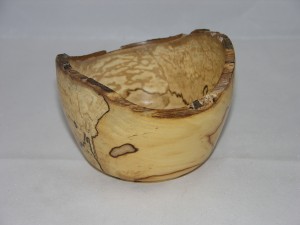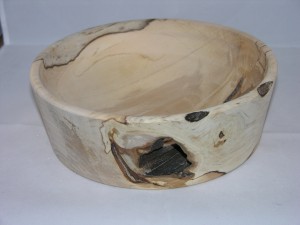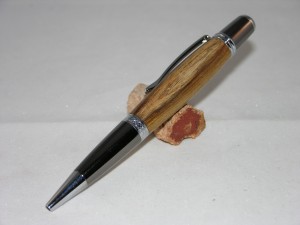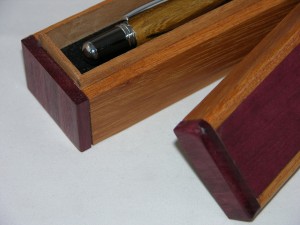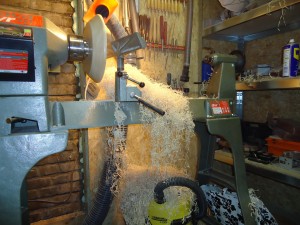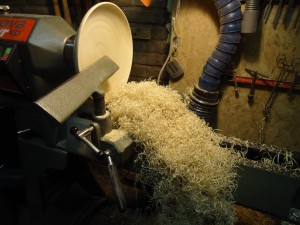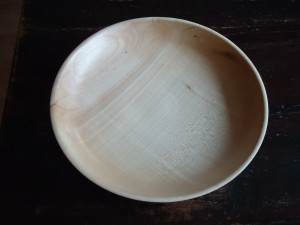Other work
A birch wooden bowl
A pen and a box
Tulipwood bowl
Maple bowl
Bowl of spalted maple
I saw a piece of wood on the side of the road with black lines in it and thought “That looks like fun” and took it with me.

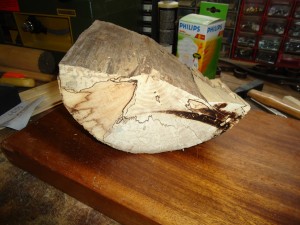
It ended up in the backyard for about eight months and the moment I cut it in half I saw the beautiful lines are everywhere. I had no idea what kind of wood it was, so I took it with me to Inlands Hout in Burgum. It turned out to be spalted maple.
So what is the ‘spalted’ then? On ‘Meestal over planten‘ I found the following:
“I don’t know why it’s called ‘spalted’. But ‘spalted’ is the result of fungus in the wood and causes colorfull lines in the wood, mostly it causes lighter spots or a change of color (mostly blueish of pink). What I find most spectacular are the jagged dark lines.
Spalted doesn’t only appear with beech, but also with birch, poplar, maple and probably even more woods. Maybe even with all woods, but it’s not always visible. Spalted wood is mostly used for bowl making, because the lines make it very decorative.”

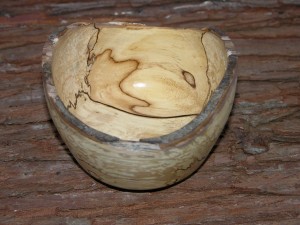
And it makes a extremely beautiful little bowl.

